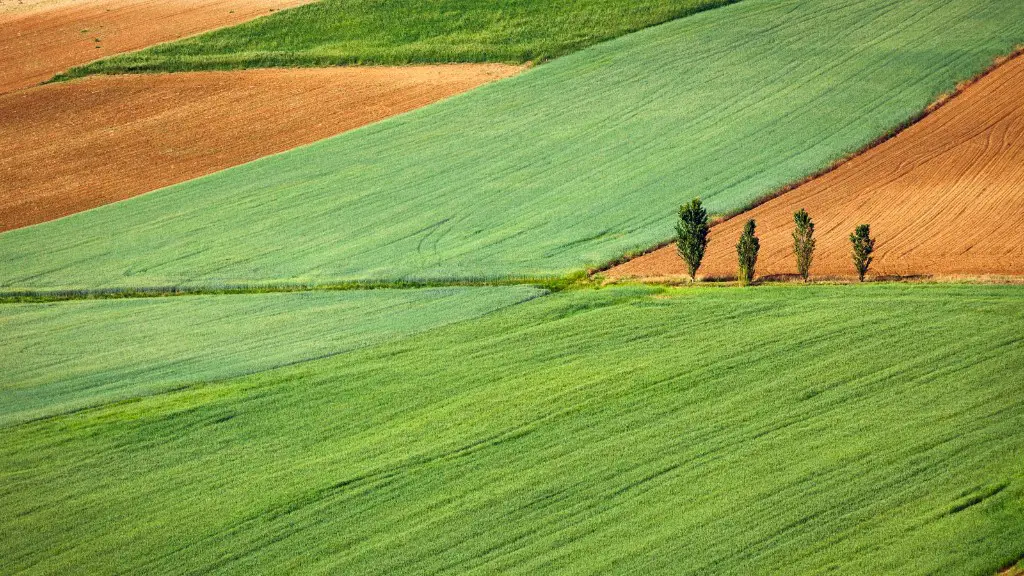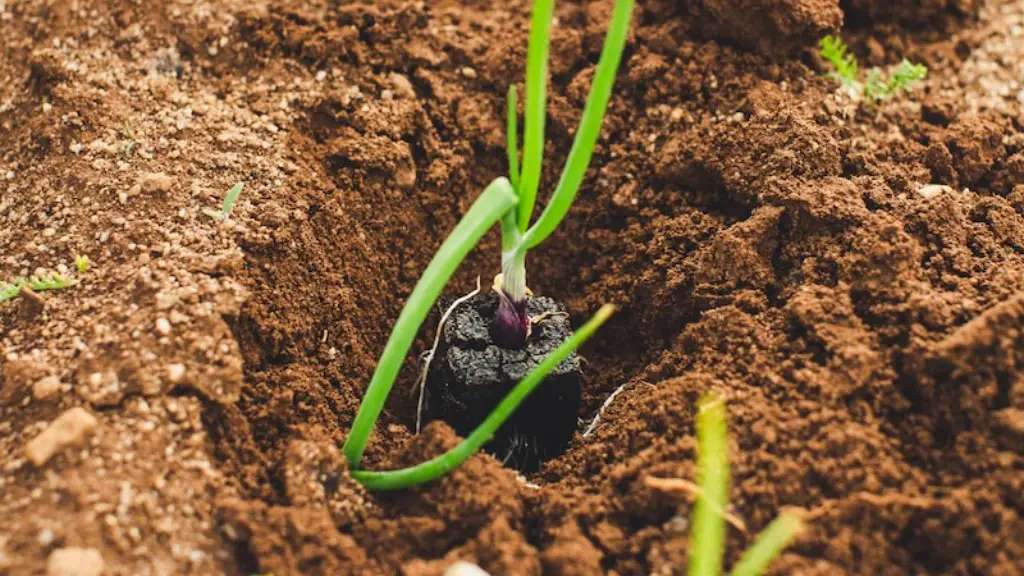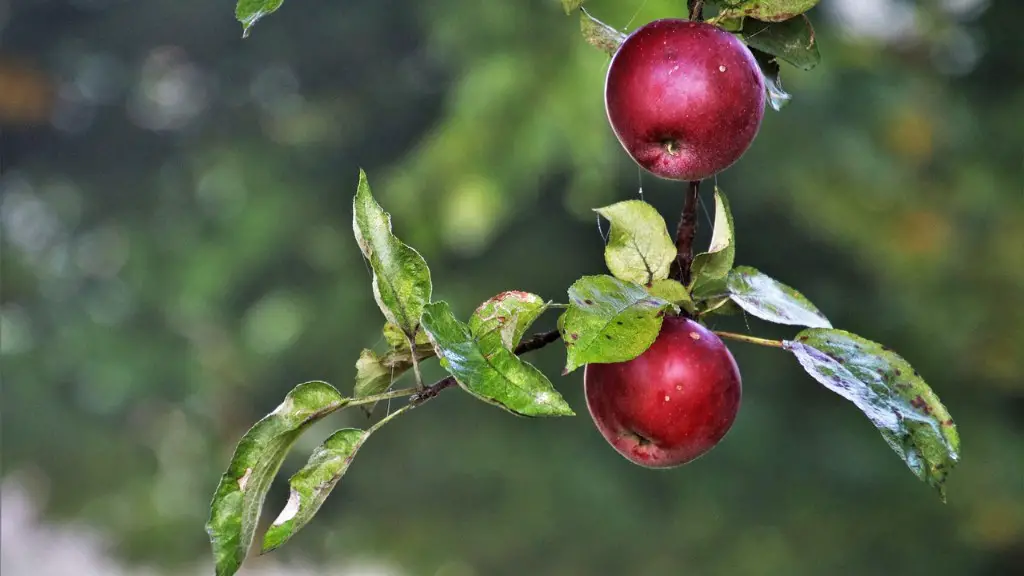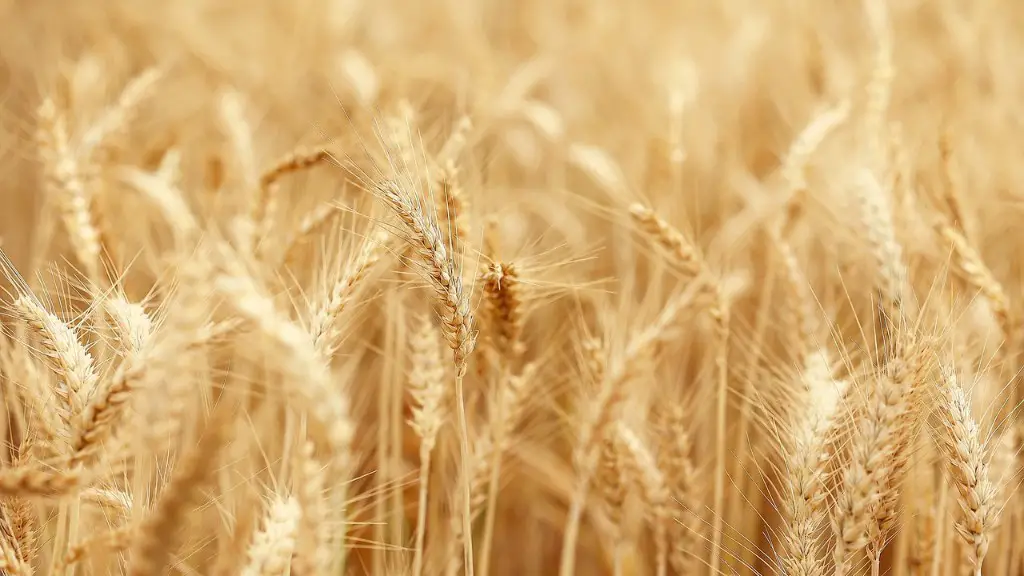Hydrogel is a versatile material that has been making waves in agriculture due to its ability to provide water and nutrients to plants. Hydrogel can be used for a variety of purposes, including improving soil fertility and water retention, as well as providing essential nutrients to plants and crops. Here, we’ll discuss how hydrogel can be used in agriculture to enhance yields and soil fertility.
The most common way to utilize hydrogel in agriculture is as a soil amendment. This involves adding a layer of hydrogel to the soil in order to provide the required water and nutrients to the plants. Hydrogel can also be used as a soil conditioner, as it helps to improve soil structure and encourages microbial activity in the soil. Furthermore, hydrogel can also be used to provide nutrients to plants by acting as a medium for fertilizer delivery.
Hydrogel can also be used to enhance irrigation systems. Unlike conventional irrigation methods, hydrogel can be easily incorporated into an irrigation system and does not require any major modifications. It can also be used to improve water uptake by the roots of the plants by acting as a sponge, allowing water to be absorbed more easily. Furthermore, hydrogel can also be used to store moisture in the soil, thus helping to reduce evaporation.
Hydrogel can also be used to improve the fertility of the soil. This process involves mixing hydrogel with fertilizers and microbial organisms in order to provide the required nutrients and boost microbial activity in the soil. It is also capable of binding nutrients to the soil, thus improving nutrient uptake by the plants. Furthermore, hydrogel can also be used to improve the physical structure of the soil, which can lead to better growth of the crop.
Hydrogel can also be used to improve pest and disease control. It can be used as a medium for the application of insecticides and fungicides, thus helping to keep pests and diseases away from the crops. Furthermore, hydrogel can also be used to reduce the amount of salt buildup in the soil, which can be damaging to the plants.
In conclusion, hydrogel can be used in many different ways in agriculture and it is capable of providing essential nutrients and water to the plants. It can also be used to improve soil fertility, enhance irrigation, and reduce the amount of salt buildup in the soil. Therefore, it is an ideal material for use in agricultural settings.
Hydrogel for Filtration
Hydrogel can be used for various types of filtration processes as well. These include mechanical filtration and biological filtration. During mechanical filtration, hydrogel is mixed with activated charcoals and plastics, thereby trapping impurities such as dust, bacteria, and other particles, thereby providing clean water for irrigating crops. Biological filtration, on the other hand, involves incorporating beneficial microbial organisms in the hydrogel which then eat away the impurities, thereby providing cleaner and safer irrigation water for crops.
Hydrogel for Seeding
Hydrogel can also be used for seeding purposes. This involves mixing hydrogel with the seeds before sowing, thereby providing the necessary moisture and nutrients to the seeds even before they are sown. Furthermore, the hydrogel can also help to reduce the amount of water wastage during the seeding process, as it stores the water underground and ensures that the right amount of water is delivered to the seedlings at regular intervals.
Hydrogel for aeration
Hydrogel can also be used for aeration purposes, which involves adding additional oxygen to the soil. This helps to improve the health and growth of the plants and prevents them from getting damaged due to lack of oxygen. Hydrogel can also be used to improve the drainage of the soil, as it provides additional space for water to escape. This helps to reduce the risk of water logging and to improve the overall health of the soil.
Hydrogel for Nutrient Analysis
Hydrogel can also be used to determine the nutrient levels in the soil, as it can absorb and store the different nutrients present in the soil. This process helps to identify which nutrients are deficient in the soil and can be used to rectify the same. Furthermore, this process also helps to determine whether or not the soil is suitable for crops, thereby helping to ensure that the crops are able to thrive in their particular environment.
Hydrogel for Greenhouse Environment
Hydrogel can also be used to create a favourable environment in greenhouses, as it helps to improve the aeration and drainage of the soil, while at the same time providing the necessary nutrients and moisture to the plants. Furthermore, hydrogel can also be used to create a more warm and humid environment inside the greenhouses, which can be beneficial for the growth of certain plants, as well as for controlling pests and diseases.
Hydrogel for Weed Control
Hydrogel can also be used to help control weeds in agricultural settings. This involves mixing the hydrogel with herbicides, which then help to smother and kill the weeds, while also preventing their return. It is also capable of reducing the amount of water wastage due to the weeds, as it helps to retain the moisture in the soil for longer. Furthermore, hydrogel can also be used to create a barrier between the soil and the weeds, thereby preventing the weeds from gaining a foothold in the soil.



